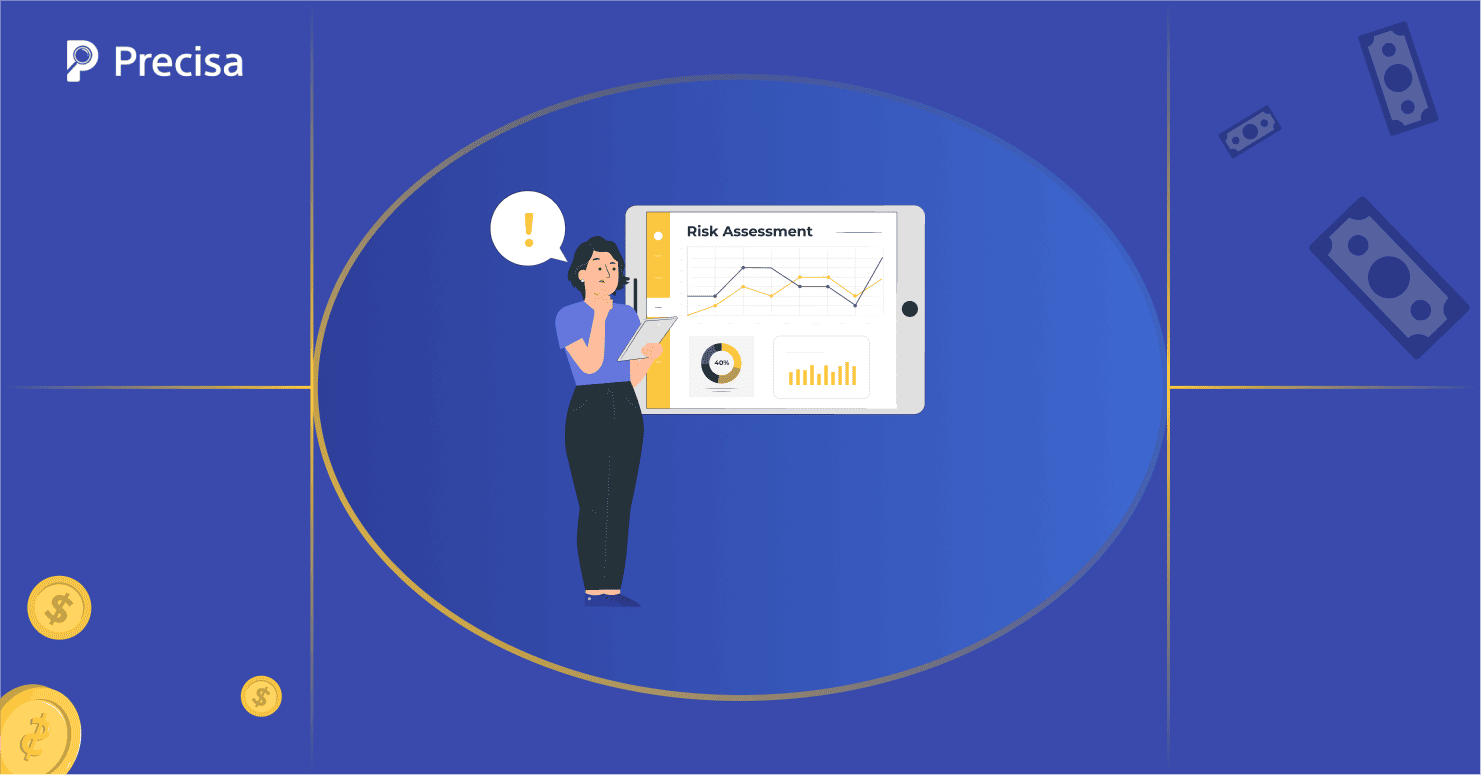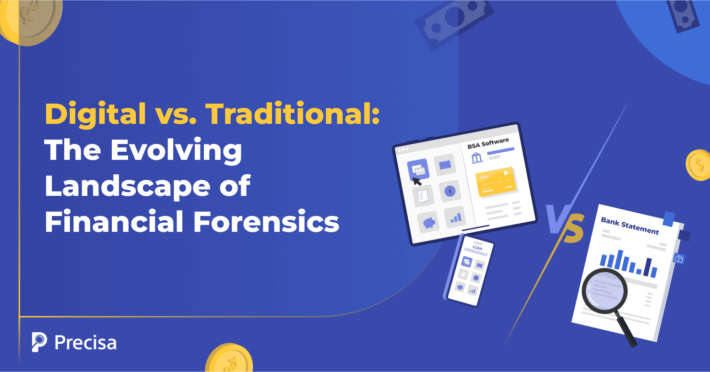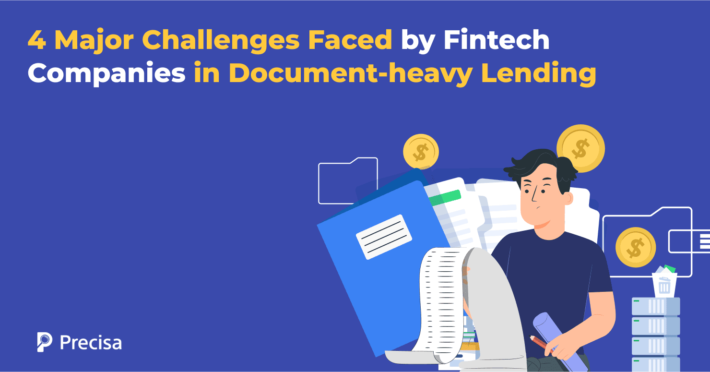Understanding RBI’s Decision to Exclude Fintech-Sourced Loans from Default Coverage

In a decision that could drastically change how fintech companies associate with non-banking financial companies (NBFCs), the RBI, on June 6, 2024, ruled that Default Loss Guarantees (DLGs) by fintech on their loans can no longer be valid while determining provisions or credit loss buffers.
This actually means NBFCs cannot depend on fintech-provided guarantees to soften the blow of credit defaults.
With fintech companies now a strong player in the lending market, the move has pushed both traditional and new-age lenders to develop a stronger, self-reliant credit assessment process.
Let’s see the reasons behind the decision and how smarter financial analysis can help lenders improve their position.
4 Reasons That Led RBI to Take This Bold Regulatory Step
Fintech companies have largely operated as NBFCs’ credit sourcing arm, underwriting loans with a limited or partial risk-sharing agreement. DLG was one of the most used tools in the old system, where fintech companies would absorb a portion of the losses from bad loans.
The central bank found several problems with this approach, such as:
1. Exploiting Loopholes in Regulations
Many NBFCs were deliberately using DLGs (typically capped at 5%) to bypass stricter capital provisioning norms. Since fintech companies agreed to bear the initial hit on the loan defaults, NBFCs didn’t have to show these risks in their books.
This meant they reported better-quality assets, understated credit risks, and appeared financially stronger than they actually were.
2. No Direct Financial Stake
As fintech companies weren’t needed to offer a large portion of their losses, they overlooked long-term accountability.
Meaning, they had little motivation to ensure loan quality, while their goals weren’t aligned with those of NBFCs or the broader financial system. This benefit disconnected them from the long-term impact of poor lending decisions.
3. Weaker Lending Standards
Since it was clear that fintech partners would cover their initial losses, many NBFCs chose to use suboptimal methods to check borrowers’ creditworthiness and capabilities to repay loans.
The safety net furthermore decreased their interest in following sophisticated risk assessment checks, ultimately leading to poorer credit standards and riskier lending practices.
4. Opaque Structures
Many DLG arrangements between fintech partners and NBFCs were not clearly defined. RBI found that there were no standardised frameworks or reporting norms about how these guarantees were enforced or how defaults were covered.
Numbers that Further Strengthened RBI’s Decision
The move largely took place due to a fintech company’s collapse last financial year, which had to give ₹172 crores as DLGs. Other numbers that confirmed the decision were as follows:
- According to FACE (Fintech Association of Consumer Empowerment), fintech companies bear a higher share of very high-risk borrowers (14%) compared to NBFCs (4%) and banks (8%).
- While loans originated by fintech are less than 10% of an NBFC’s total portfolio, they are much riskier considering their nature (unsecured, short-term) and come with higher interest rates (16% to 20%).
- Despite the risk, fintech companies maintained a moderately stable default rate (DPD 90+ of 3.3-3.5% between March and December 2024).
Potential Impact of the RBI’s Decision
According to the RBI’s new rules, effective from September 30, 2025, NBFCs must ignore the DLGs and treat the loans like any other loan and provision for them based on asset performance alone.
The decision may impact the following:
1. Improvement in Risk Retention
NBFCs will now fully own and manage their credit risks rather than depending on fintech guarantees that may not always come through during defaults.
2. Stronger Market Discipline
By removing the comfortable cushion offered by the DLGs, the RBI is now urging NBFCs to improve their credit assessment and underwriting capabilities while simultaneously reducing over-reliance on fintech partners for risk sharing.
3. Upgraded Sector Stability
There have been cases where fintech companies have failed to honour default guarantees, which has led NBFCs to bear unexpected losses. RBI’s directives aim to prevent such lapses and vulnerabilities and strengthen systematic resilience.
4. Improved Accountability and Transparency
This move will ensure that, henceforth, credit loss provisioning will accurately reflect the true risks in the lenders’ books, leading to more honest financial disclosures and better trust across the system.
How Can Intuitive Financial Analysis Solutions Bridge the Gap?
With this new rule, financial companies and NBFCs need better and faster ways to check borrowers’ credibility and loan repayment capability. AI-led financial analysis tools that offer automated, real-time, and accurate insights become useful here.
A technologically forward solution, like Precisa, can:
- Find Reliable Borrowers: These tools can go through thousands of transactions and digital footprints in seconds to find credible borrowers. For example, they can look at how people spend money, how steady their income is, and how money flows in and out every month.
- Speed Up TAT: Instead of manually scanning documents and statements, intuitive systems can track, categorise, and summarise important credit indicators in minutes.
- Detect Manipulation Immediately: Inbuilt algorithms and account aggregator connectors can detect and flag manipulated bank statements and other documents, round-tripping transactions, and recurring related-party entries in real time.
- Offer Repayment Score: Advanced tools can fetch credit reports in real-time using a unique Bureau Data connector and combine them with other financial data to calculate a repayment score, giving a more realistic view of the default risk.
- Spot Early Warning Signs: By closely watching transaction patterns and cash flow problems, the tools can help lenders take action before loans default. This predictive credibility can partially compensate for the loss of fintech guarantee coverage.
- Generate Standardised Reports: Automated reports with structured summaries and scores will allow lenders to compare borrower profiles consistently without human biases.
- Integrate with Existing Systems: With API integration, modern tools can be plugged in with existing loan origination and management systems, making them easy to adopt for all kinds of lenders.
- Alternative Credit Scoring: By determining creditworthiness through scoring actual transaction data, intuitive analytics software solutions support more inclusive lending, even for borrowers without traditional credit histories.
Final Thoughts
The RBI’s move to exclude fintech-sourced loans from default coverage might seem restrictive, but it clearly pushes the lending sector towards greater accountability and transparency. It is also a wake-up call for NBFCs: own your risks, sharpen your underwriting, and lean towards data-driven decision-making.
The only sustainable approach is to build a stronger internal process for analysing borrowers and automating risk assessment.
Precisa can help lenders of all sizes to adopt this smarter approach. With our comprehensive cloud-based analytics solutions and intelligent, real-time dashboards, you can detect manipulation, assess risks, and depend on a scientifically derived probability score to guide your loan disbursal strategy.
To learn how you can stay ahead of RBI’s new regulations, book a free demo!




